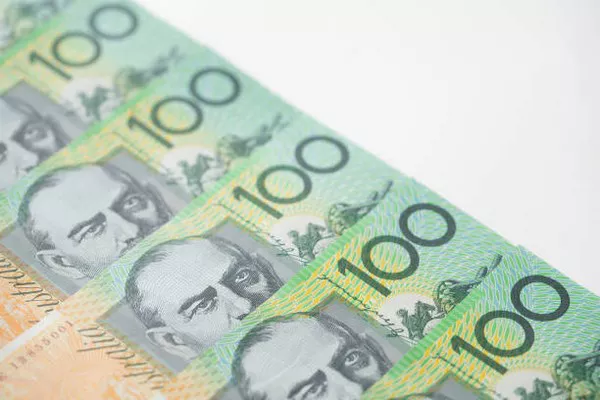AUD/USD edged higher during Thursday’s Asian session, trading around 0.6440 after falling more than 1% in the previous session. The pair had hit a five-month high of 0.6514 on Wednesday, but retreated on the cautious policy outlook from the Federal Reserve (Fed). As expected, the Fed kept interest rates unchanged at 4.25%–4.50%, but its statement acknowledged the growing risks associated with inflation and unemployment, injecting new uncertainty into the market.
Market sentiment was further dampened after Fed Chairman Jerome Powell’s press conference, in which he noted that US trade tariffs could hamper the Fed’s inflation and employment goals in 2025. Powell said continued policy instability could force the Fed to take a more patient “wait-and-see” stance on future interest rate adjustments. While tariffs under the Trump administration have dampened consumer and business confidence, the lack of significantly weak economic data makes it more difficult for the Fed to justify recent policy changes.
The Fed’s statement reinforced its data-dependent approach, calling inflation “somewhat elevated” and noting increased risks to inflation and employment. This cautious outlook, coupled with the Fed’s continued balance sheet reduction, has reinforced the strength of the U.S. dollar (USD), putting pressure on AUD/USD.
Additional pressure on AUD/USD came as U.S. Treasury Secretary Scott Bessant and Trade Representative Jamison Greer were set to meet with Chinese Vice Premier He Lifeng in Geneva this weekend – the first high-level U.S.-China talks since the tariff-driven trade dispute escalated.
Despite the pullback, the Australian dollar (AUD) was supported by optimism about a potential breakthrough in U.S.-China trade relations, given Australia’s significant trade relationship with China. Further boosting sentiment, the People’s Bank of China announced plans to cut key lending rates and reduce banks’ reserve requirements in an effort to stimulate economic growth.
The Australian Industry Group index improved in April but still marked the 33rd consecutive month of contraction. The manufacturing sector, particularly in export-reliant sectors, has been hit hard by the coronavirus pandemic. These developments have reinforced market expectations that the Reserve Bank of Australia (RBA) may cut the cash rate by 25 basis points to 3.85% later this month.
You Might Be Interested In:
- USD/INR rises on Pahalgam terror attack, US-China optimism
- USD/CAD depreciates to near 1.3800, CAD gains on early election…
- USD/CAD remains firm as mixed trade news leaves dollar outlook…


